What is the game here about?
Taking inspiration from Diablo for Atmosphere and Classroom, the Book of Demons is an action RPG on "rails", which does not collect a variety of equipment, rather than a map to develop three available heroes. It is also interesting that the player can choose how much his game will last.
Instead of a lot of axes, swords and magic papers, here the main role has maps and their effects.
For this reason, it is necessary to think of as efficient a composition of cards as possible that can be replaced at any time because one combination will not always be good for all kinds of opponents. However, the number of available maps is not great, so the system sometimes can not seem to have too many options. Still, it's interesting enough to encourage experimentation with what's in your hand. On the other hand, players who like to collect all of the garbage from the item here will not enjoy too much because they do not sell, but they need to upgrade paper skills.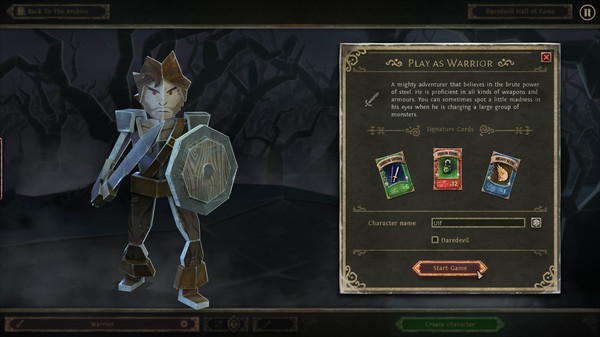
Since Book of Demons is not based on the equipment equipment system, the creators have invented Flexiscope, an interesting system that determines how long the journey to the underground will last. Thus, the shortest sessions are available, which last about five minutes on average, and up to very long, in which the estimated time is around 45 minutes. It is necessary to emphasize that Flexiscope does not conclude the adventure so it is impossible to go into the city between the dungeons, but rather serves as a frame as it progresses to the back of the dungeon where Archdemon is waiting to send him an extra six meters underground.
Flexiscope is an interesting system that determines how long the underground journey will last.
Only the trip to it is not too long, or the adventure with one hero can end in a single-digit number of hours, and on that path there are two bosses and a wide range of opponents who have more and more things going deeper. Somewhere after half of the game, the mixing of cards gets more and more important, because when there are more opponents who can call reinforcements, then it is necessary to combine several things if something does not work. Apart from their appearance, opponents have their own skills and weaknesses around which they must play. Nothing new and nothing unseen, but there is one specificity of the enemies with shields, that is, in destroying them. The first and most common way is to click on the shield icon until it breaks or breaks it with an active skill if you have a map for it.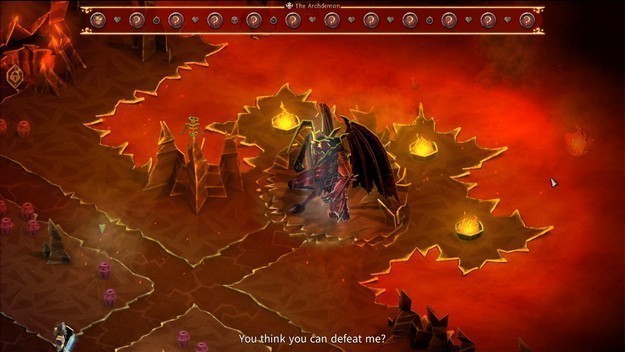
This is an interesting idea that starts to lose its meaning when an opponent is shielded with a multitude of others so it becomes a problem to "target" that icon. As has already been said, too many opponents mean chaos in which their combination can be hit from which it is impossible to escape if there are no proper cards in hand. It is also the biggest challenge to the normal weight that needs to be chosen without the deaths. Although the Flexiscope system shows which types of opponents can be expected in the dungeon, their positions and numbers are revealed by research.
If there are deaths, the punishment has a greater meaning than the loss of all cards.
If there are deaths, the punishment has a greater meaning than the loss of all the cards that were in hand. Every new level can be chosen to increase the amount of health or disability. By choosing one, the point for another goes to a magic boiler with prizes that can be picked up later, but only if it does not die; because the loss of life disappears all that has accumulated in the boiler. This is an interesting system of risk and rewards because more purchases in the boiler, more quality things can be won, with how the contents of the boiler can be purchased at each arrival in the city.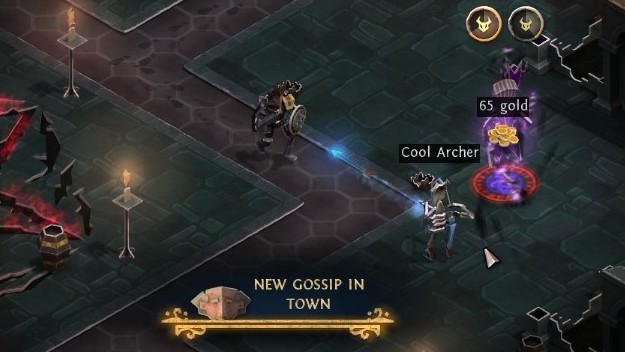
This raises the question of where is the risk if the valuable points for health and maneuvers can always be withdrawn from the boiler? The point is that every subsequent purchase of boiler content requires more gold coins, which can still be won by a fixed number by the length of a session determined through Flexiscope. As soon as the story tells us that every additional place for tickets also requires gold coins just like their upgrading or replenishment, the risk will always be present. Just imagine the situation when you are in the boiler waiting for a dozen points for health or disability, and for you, because of the negligence of the hero, you die and it all goes backwards.
Each subsequent purchase of boiler content requires more gold coins.
Although such a system makes a good closed circuit, as for the ARPG genre, the question remains after hell because there are not too many reasons to buy additional maps that could not be picked up during the first downhill. Freeplay exists and through it you can pick up the rest of the cards, but the problem is that the player has no real motivation to collect them. The logical answer is then that the endurance of the game can be extended by playing all three classes, but this is not a complete solution because Freeplay is still a part, or a lack of motivation for further playing is missing again.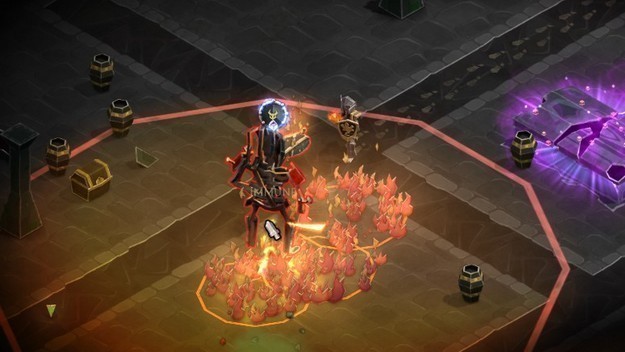
Fortunately, everything else is really fun, atmospheric and visually pleasing because paper-making and animations have their charm that Book of Demons looks particularly nice. This is not a complex title with a pile of card combinations, but a pleasing adventure that respects the player's time with information about how long it takes to go down, how much gold can win and how many prizes can be picked up.
With all its elements, the Book of Demons is a pleasurable ARPG experience that remembers the cult Diablo, but in a more sympathetic environment with simpler mechanics that do not require a calculator next to it. Anyone who might be looking for something more than this game will eventually be disappointed, and everyone else who would like to remind them at some other time and by themselves define the duration of the adventure, could enjoy it.

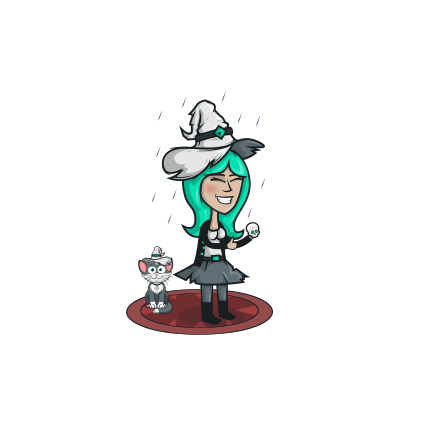




I hate demons but good article XD